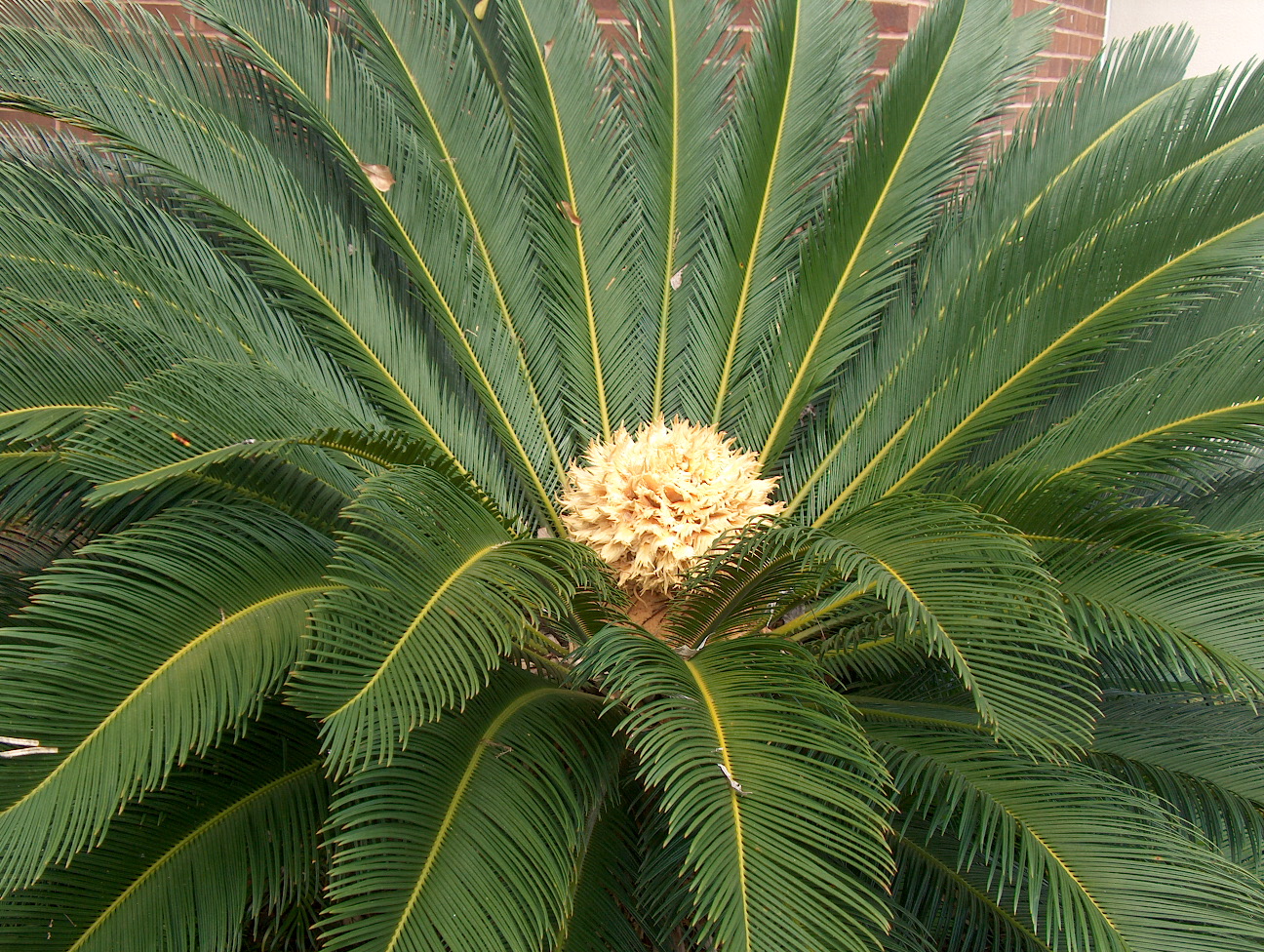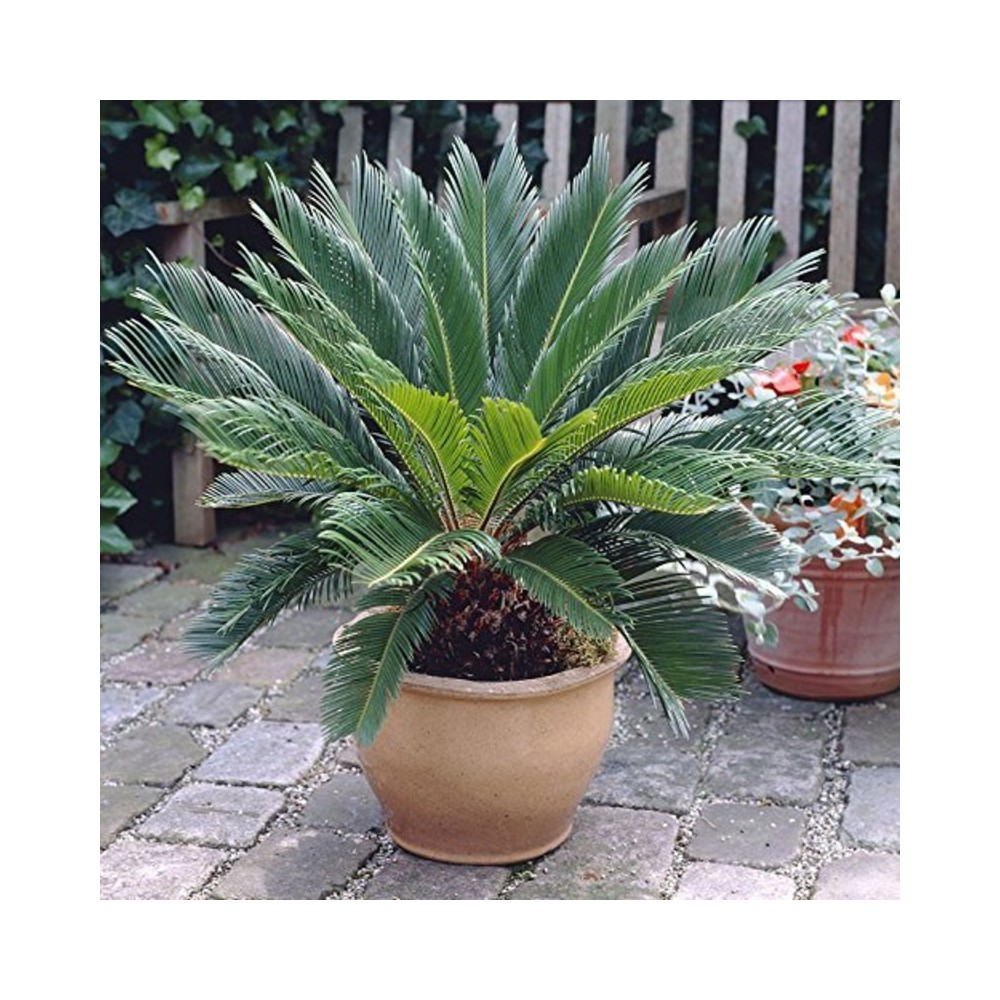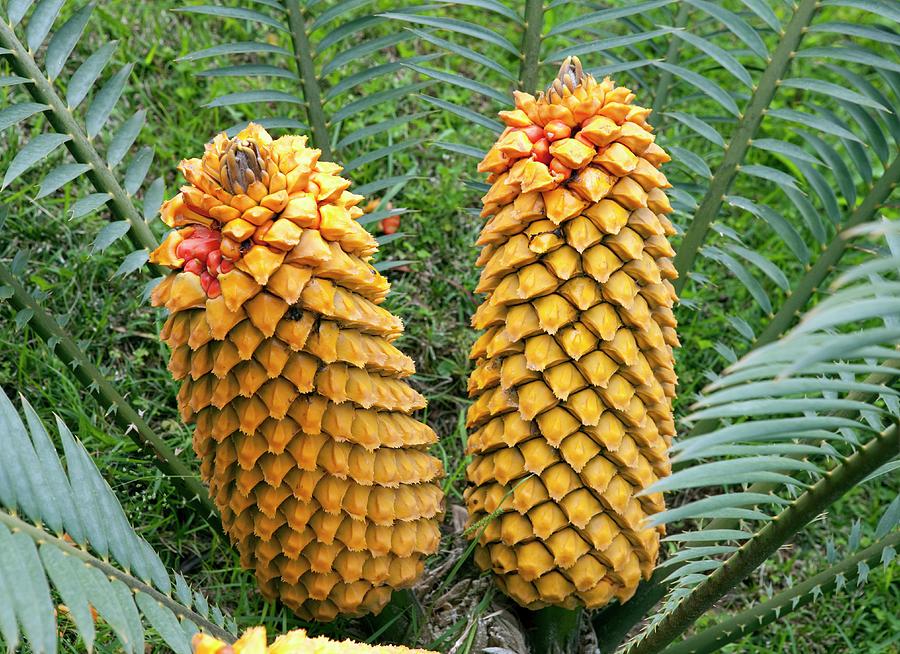
Cycas Revoluta Indoor 3040cm Potted Sago Palm Houseplants for Sale
1 / 2 Sago Palm: One Landscape Plant You May Want to Avoid There is nothing wispy or soft about a sago palm ( Cycas revoluta ). This plant has a thick skin of armor. Massive crowns of stiff, needle-clad spears grow out from the center of a trunk that sports more needles and tough debris. The babies are no better.

Cycas Revoluta Sago Palm Best Indoor Plants for Sale 3040cm with
Description Sago palm is a tropical and sub-tropical showy evergreen member of an ancient plant family known as Cycadaceae, dating back 200 million years ago. The plant is native to the Japanese Island of Kyusha, the Ryukyu Islands, ad southern China. They are found in thickets along hillsides.

Cycas Revoluta Sago Cycad / Sago Palm 5 Seeds Seeds for Africa
Cycas Revoluta or the Sago Palm is a beautiful easy care houseplant with a mischievous twist that easily fools people in three ways. Firstly, despite its common name of " Sago Palm ", it's not actually a palm because it's a Cycad (although the care requirements are similar). Secondly the Sago Palm has a reputation of being a modern indoor.

Cycas revoluta Cycas du Japon Arbuste de climat vertbleuté foncé
Sago palm, or Cycas revoluta, is an ornamental species native to Japan and Southern China. The sago palm produces large, feathery fronds which grow in a symmetrical ring around the thick stalk. Although it is considered non-flowering, some cultivars in the right conditions tend to bloom every 3 years.

Cycad (Sago Palm) 10" Pot Hello Hello Plants & Garden Supplies
Description This evergreen cycad is native to the tropical islands of southern Japan, but it grows well in the subtropics of the United States, particularly in Florida, California, Georgia, and Puerto Rico. Sago palm grows well in full sun or partial shade but exhibits larger leaves in more shaded situations.

Intoxicación por cica o falsa palmera (Cycas revoluta) Hispalvet
Cycas revoluta ( Sotetsu [Japanese ソテツ ], sago palm, king sago, sago cycad, Japanese sago palm) is a species of gymnosperm in the family Cycadaceae, native to southern Japan including the Ryukyu Islands. It is one of several species used for the production of sago, as well as an ornamental plant.

Gregory Palm Farms Gregory Palm Farms • Sago Palm • Cycas Revoluta
The Cycas revoluta (Sago Palm) should be fertilizing once at the beginning of spring and once at the beginning of the summer for optimal growth. Soil for your Cycas revoluta (Sago Palm) The Cycas revoluta (Sago Palm) prefers a dry growing environment, so you should use well-draining soil to keep your Cycas revoluta (Sago Palm) happy!

Buy Cycas Revoluta Sago Palm Plants Online At Lowest Price
Sago palms ( Cycas revoluta) are evergreen, slow-growing tropical plants with long arching green palm-like fronds or branches. Sago palms have a thick shaggy or hairy looking trunk. Sago palms are not true palm trees, but rather a type of ornamental cycad.

Tree Identification Cycas revoluta Sago Palm
Cycad: Sago Palms (Cycas revoluta) are not actually palms but are instead cycads, which are a type of plant that predates even the dinosaurs. The plant: Sago Palm is a palm-like evergreen perennial that is native to China and Japan.

Buy sago palm Cycas revoluta £49.99 Delivery by Crocus
These fairly low-growing plants with long green fronds are cycads, a group of ancient tropical and subtropical plants that usually grow from a trunk that doesn't branch out; it produces nuts but doesn't flower or fruit. Sago palms are native to warm parts of Japan and southern China. The Spruce / Anastasia Tretiak

Cycas revoluta (Sago Palm) BBC Gardeners World Magazine
Sago palms look similar to palms, but they are not related. Cyclas revoluta belong to the order of Cycadales, which are one of the few plants that date back to primeval times. Cycas palms grow really slowly and develop big rosettes. Often, one or two years have to pass before the plant produces a new wreath of leaves.

Sago Palm Cycas revoluta Civano Nursery
Sago palm, Cycas revoluta, is not a palm at all but a cycad. However its palm-like, feathery foliage, and cones, make it very similar to a palm or tree fern. Native to the southern regions of the United States, it's commonly grown as a houseplant in temperate climates.

King Sago Palm Plant, Cycas revoluta How to Care Indoors Plantopedia
Sago palms (Cycas revoluta) are also called king sago palm trees, cycad palms, or, being native to Japan, Japanese sago palms. These plants are members of an ancient group of plants known as cycads, which can be traced back to the time of the dinosaurs. Despite their name, sago palms are actually not palms at all.

Cycas revoluta (Sago palm) Plantinfo
The Sago Palm Tree, also referred to as the Cycas revoluta was not originally a palm tree but a cycad. Cycads have been in existence for millions of years. The same goes for the Sago Palm which has changed very little for a longer period of time, actually since being discovered. Picture by @Seogwicub

HD wallpaper cycads, flower, sago palm, cycas revoluta, king sago
The botanical name of the Sago palm is Cycas revoluta. The sago plant is technically a cycads. A mature Japanese sago plant can grow as high as 10 feet. Mature Sago palms have a moderate amount of drought tolerance. The sago palms are subtropical plants that love the heat. These plants generate seeds, however, they won't flower or produce fruit.

Sago Palm (cycas Revoluta) Seeds Photograph by Pascal Goetgheluck
Different Cycas revoluta Types. There are a few others from the same family that are also called sago palms, but differ from the Cycas revoluta in a few ways. Cycas circinalis - The fronds grow higher on the trunk on these 10' specimens. Cycas rumphii - These are more tree than shrub-like and grow to a towering 15'. Flowers